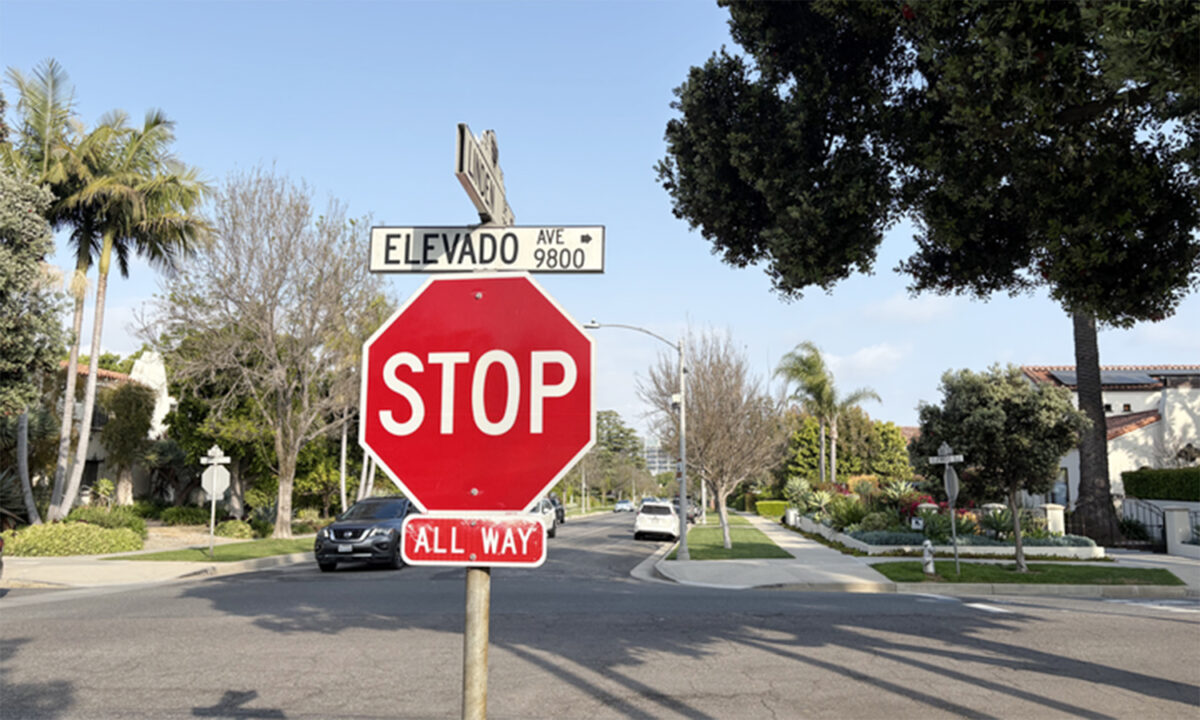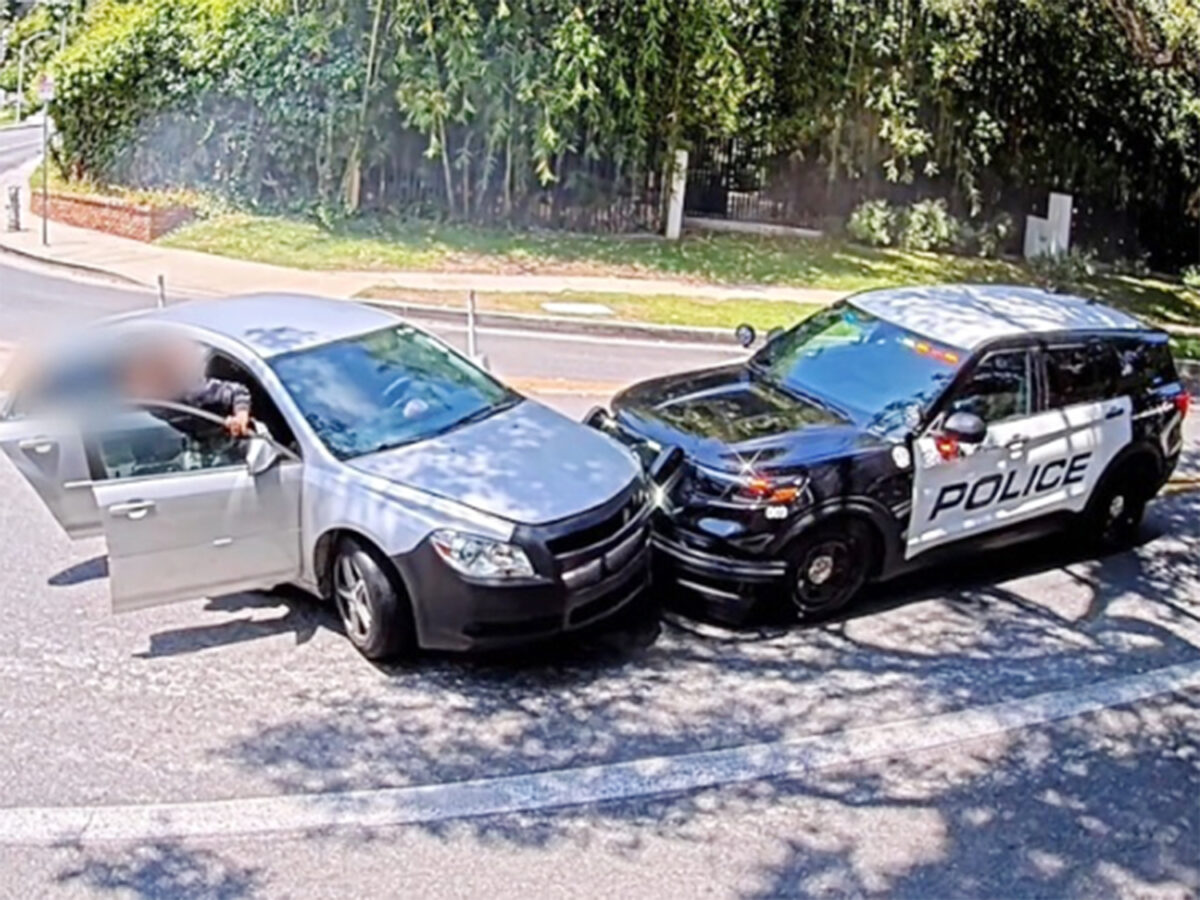The Planning Commission unanimously recommended that the City Council adopt the draft Housing Element, a crucial document that will determine the city’s housing and development policies for the next eight years. The vote now brings the Housing Element before the City Council to either approve or reject.
The members of the Planning Commission had glowing praise for the document. “I want to reiterate in the strongest possible terms that I think this is a magisterial work that has been undertaken by the staff,” said Vice Chair Thomas Hudnut.
Every eight years, cities and jurisdictions in California draw up a new Housing Element, a part of the City’s General Plan that considers the housing needs of the community and anticipates how that need will change. At the center of the Housing Element is the Regional Housing Needs Assessment (RHNA, pronounced “ree-na”) number, an evaluation of the number of housing units needed in the state in the next eight years.
This is how the state comes up with that number. The State Department of Housing and Community Development (HCD) first determines the housing needs in each region of California by examining population data, and economic and demographic trends. The number that HCD calculates gets passed to a local regional planning agency that looks at more local data and distributes the total among its jurisdictions.
In 2019, as cities across California grappled with soaring rents and an ongoing homelessness crisis, HCD announced an ambitious goal of about 3.5 million new units over the new Housing Elements cycle. What trickled down to Beverly Hills: a hotly contested 3,104 units, more than half of which must be affordable. (In comparison, in the last housing cycle, Beverly Hills’ allotment was only three.)
But as Principal Planner Timothea Tway made clear to the Commission, “RHNA represents a planning target for new residential growth and not a building quota.” In order for HCD to certify the city’s Housing Element, it must prove to the state agency that the city’s housing and development policies as detailed in the Housing Element could allow for the development of 3,104 units.
Critics of the RHNA allotment have described the number as unreasonably high, citing the city’s lack of undeveloped land and high property values as impediments to that level of growth. To get around this for the next cycle, the Housing Element proposes that the city will reach its RHNA number through two main sources: mixed-use housing and accessory dwelling units (ADU).
While the city has been in the thick of the Housing Element process for nearly a year now, the Planning Commission’s hearing marked only the second time the commission had reviewed the draft. Including the staff report, supplemental material and appendices, the total paperwork before the Planning Commission totaled more than 700 pages.
In addition to the draft itself, the packet of information given to the Planning Commission also included the responses to the draft by HCD, the state agency in charge of certifying the Housing Element. The agency generally commented on the lack of a timeline for certain programs offered in the draft, said Tway. The state also wrote that they would like to see additional steps taken for extremely low-income households and special needs households.
The comments repeatedly mention the city’s obligation to “affirmatively further fair housing,” which Tway explained “means taking meaningful actions in addition to combating discrimination that overcome patterns of segregation and foster inclusive communities free from barriers that restrict access to opportunities based on subjective characteristics.”
In response to these comments, the city made numerous updates to the draft to more robustly address concerns around inclusivity in Beverly Hills. The revised Housing Element would commit the city to working with a consultant to develop a fair housing action plan by 2023. City staff involved with housing and other relevant departments would receive annual fair housing training under the element. Beverly Hills would also launch a website with information on fair housing resources.
But the city also responded to HCD by saying that “the primary barrier to fair housing in the city is high housing costs, which has affected limiting access by lower income households in the city, and there’s no evidence to suggest that discrimination against racial groups or persons with disabilities is a major issue,” Tway said.
The city also made changes to the Housing Element to encourage construction of more ADUs. Under the Housing Element, the city would allow ADUs above existing garages and create “by right” pre-approved ADU plans. The city would revisit the regulations in 2025 to assess whether more needed to be done.
The Commission addressed questions to the possible consequences of SB 9 (“the hippopotamus in the bathtub,” according to Ostroff). The recent legislation, which Gov. Gavin Newsom signed into law Sept. 16, could potentially impact the city’s housing stock by allowing the development of duplexes on qualifying single-family lots. Given the timing of the law, the current draft does not take its potential impact into account.
But according to Director of Community Development Ryan Gohlich, the city can satisfy its RHNA obligation without looking to the new law. “I think there are still a lot of unknowns about it at this point, probably a lot of legal arguments about how the law gets applied, and there may also be challenges to the law. I’ve heard everything from legal challenges to potential ballot initiatives for the coming year.”
When asked by Commissioner Peter Ostroff about the likelihood of certification, John Douglas, a land-use consultant for the city, said he could not answer. He did hazard a note of caution, though. “We’re into a new world in terms of housing, completely different than anything I’ve seen in the previous cycles that I’ve worked in,” he said. “I would not be surprised to see many cities not receive certification of their first submitted adopted housing element.”
Douglas pointed to the region that includes San Diego, which is six months ahead of Beverly Hills in its housing element process. Of the 19 jurisdictions in that area, only a few of them have received certification, he said.
State law sets a “due date” of Oct. 15 for adopting the Housing Elements. There is no automatic consequence for missing the due date, but if the city fails to do so, “the city must prepare a subsequent update to the housing element in four years, rather than eight years,” Douglas said.
The City Council will review the draft at its Oct. 12 meeting, where the body will decide to approve or reject the document.







